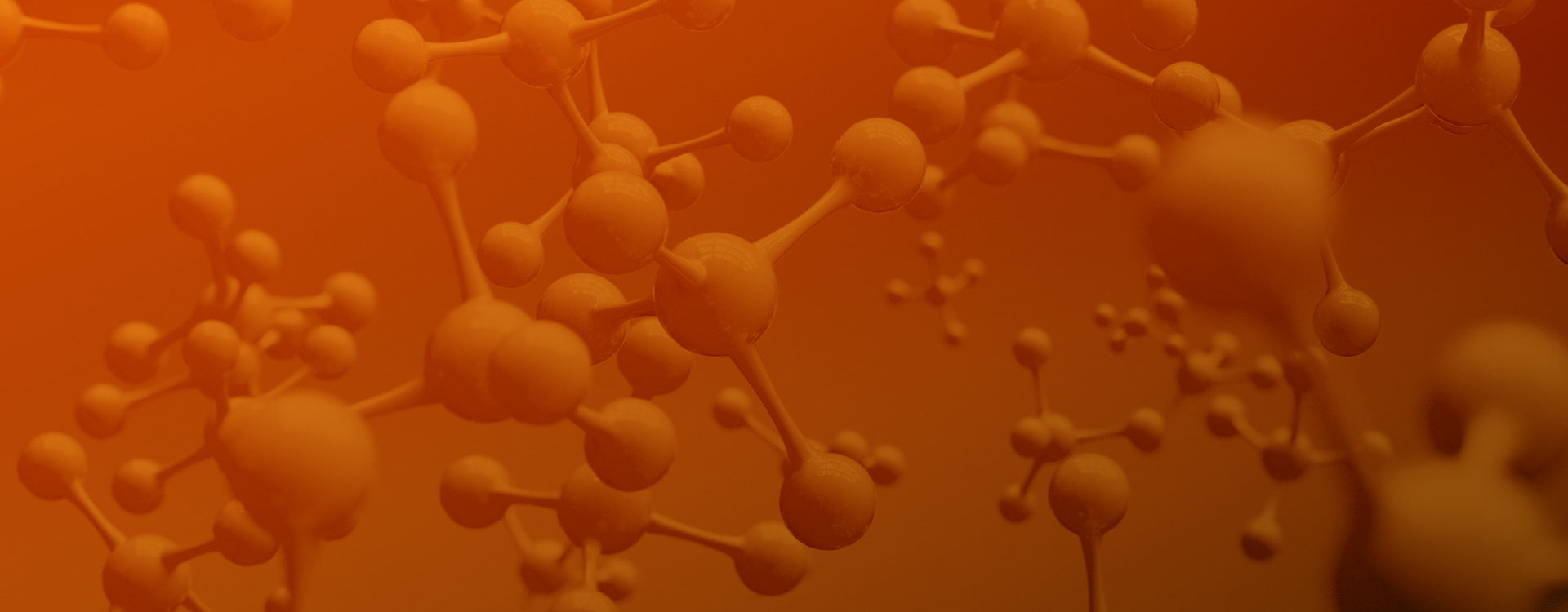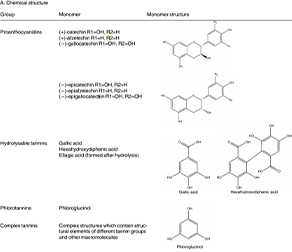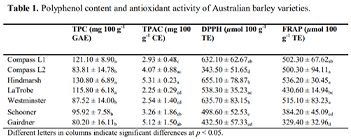
Quantitative Analysis of Tannins
Quantitative Analysis of Energy Metabolism
Quantitative Analysis of Short-Chain Fatty Acids
Quantitative Analysis of Fatty Acids
Quantitative Analysis of Bile Acids
uantitative Analysis of Trimethylamine Oxide and Related Metabolites
Quantitative Analysis of Amino Acids
Quantitative Analysis of Neurotransmitters
Quantitative Analysis of Organic Acids
Quantitative Analysis of Flavonoids
Quantitative Analysis of Carbohydrates
Quantitative Analysis of Plant Hormones
Quantitative Analysis of Carotenoids
Quantitative Analysis of Tannins
Quantitative Analysis of Phenolic Acids
Quantitative Analysis of Anthocyanins
Tannin, also known as tannic acid, ellagic acid, astringent, can produce browning, is a natural polyphenol compounds, its structural monomer is mainly 1,2-Dihydroxybenzene, pyrogallol and phloroglucinol. Tannin is the source of astringency in wine, tannin usually comes from grape skins, grape seeds, grape stems and oak barrels.

Journal: Food Chemistry Impact factor: 6.306 Published date: 2018 Published by: Charles Sturt University, Australia
The polyphenol composition and antioxidant activity of seven Australian-grown barley varieties were characterized in this study. UHPLC with an online ABTS system was used to identify individual polyphenols while simultaneously measuring their antioxidant activity. The Q-TOF LC/MS system was utilized to identify the phenolic compounds that demonstrated substantial antioxidant activity.
The variety, Hindmarsh, showed the highest total phenolic content and antioxidant activity. There was no significant difference observed amongst the other varieties in their total phenolic content, however, they did have significant variation in proanthocyanidin content and antioxidant activity (p < 0.05). Prodelphinidin B3 was the most abundant polyphenol with the highest antioxidant activity amongst all the barley varieties tested. Other polyphenols identified with antioxidant activity included procyanidin, glycosides of catechin and flavan-3-ols.


Polyphenol characterization of Australian grown barley varieties demonstrated that they have significant antioxidant activity, hence, promoting the value of whole grain barley as a potential functional food ingredient.
Rao Shiwangni,Santhakumar Abishek B,Chinkwo Kenneth A et al. Q-TOF LC/MS identification and UHPLC-Online ABTS antioxidant activity guided mapping of barley polyphenols.[J] .Food Chem, 2018, 266: 323-328
 © Copyright 2015-2022 Suzhou PANOMIX Biomedical Tech Co.,Ltd
© Copyright 2015-2022 Suzhou PANOMIX Biomedical Tech Co.,Ltd